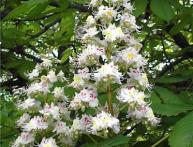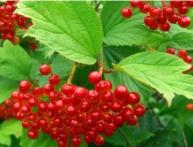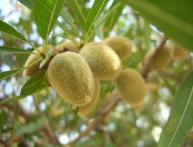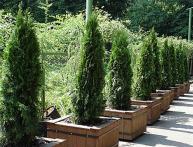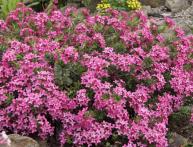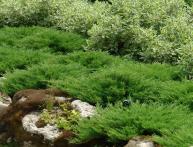Hazel (hazelnut) - care and cultivation
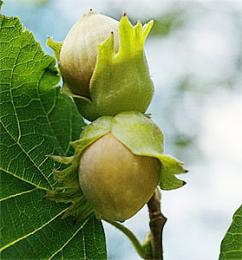
The hazel family of the hazel family consists of 22 species. A wild plant of this genus is called hazel; hazelnuts are cultivated varieties of hazel, which is a hybrid of common hazel, large hazel and Pontic hazel.
Since ancient times, it was believed that hazel (hazelnut) has magical properties. She was a talisman, part of fortune-telling, helped a lost traveler and saved her from hunger in lean years.
This nut appeared in the Caucasus, Asia Minor, and from there it spread to the southeast and north of Europe. The size of hazelnuts is 3-4 times larger than hazel, the taste and content of nutrients are also greater.
Hazelnuts can be planted on medium and heavy loamy soils, where there is enough moisture, but not an excess of it. The bushes produce shoots from their roots, from which the plant can be propagated. It takes root well and begins to bear fruit already in 3-4 years.
To increase productivity, in the spring you can add dry ammonium nitrate or ammonium sulfate under the bushes at the rate of 2 kg per plant. The fertilizer is incorporated into the soil and mulched.
Hazel (hazelnut) grows up to 200 years, but its productivity decreases after 10-12 years, so old bushes are removed. For better lighting, leave 6-8 fruiting trunks and the same number of young ones on the plant. Hazelnuts do not tolerate strong darkness, so they are not recommended to be planted under dense trees.
An early harvested crop is not intended for storage, although in appearance and taste it looks quite normal. The kernels of such a nut dry out quickly.Overcooked nuts crumble, which also leads to loss of yield. The most optimal time for harvesting is when the top (the wrapper of the nut) begins to change color. Most hazelnut varieties ripen in August.

